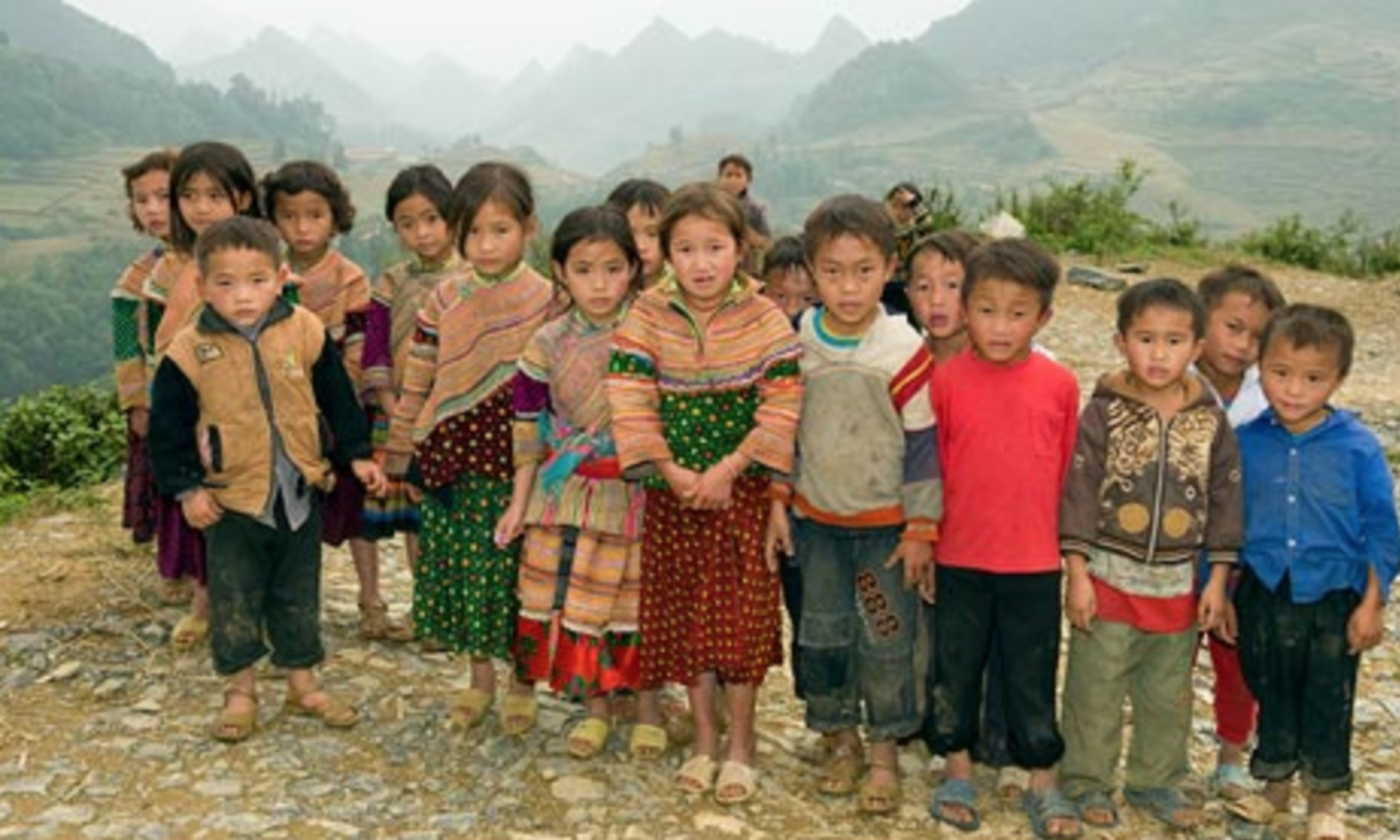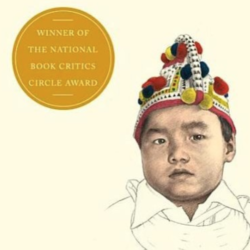I really enjoyed this book and would recommend it to just about anyone! You will learn a great deal about a fascinating culture, and you will see the challenges facing doctors who treat patients from other cultures, as well as the challenges faced by patients from other cultures being seen in the American medical system.
I think any medical student, resident, or physician that is, or plans on, working with a multi-cultural population should read this book.

